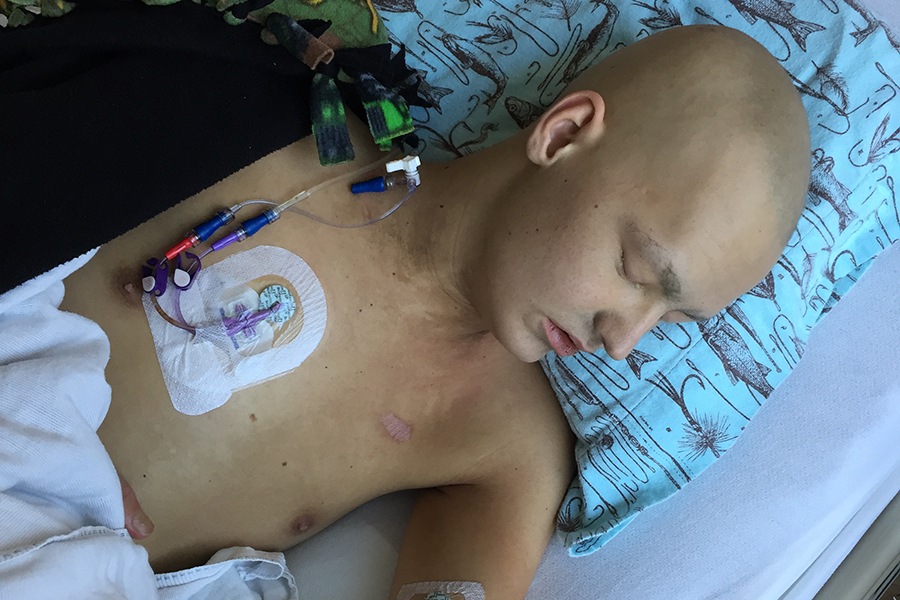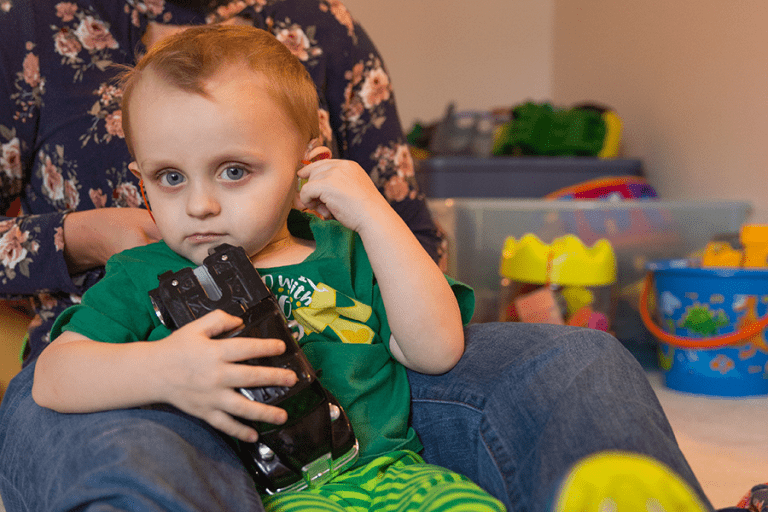“At least it’s just non-Hodgkin.”
I was baffled by what came out of her mouth. After confiding and sharing my brother’s official diagnosis, puzzled, I asked her to repeat what she’d just said.
“At least it’s JUST non- Hodgkin. It’s curable,” she said.
Somehow, I was supposed to find comfort in the “world of multiple types of cancer” that it was just non-Hodgkin.
To her point, in many cases, non-Hodgkin lymphoma can have a higher success rate for remission. But what she didn’t know was that non-Hodgkin’s lymphoma has 60 different subtypes. Some are more common than others, some are easier to treat than others. And, some have a greater risk of relapse than others.
I come back to this conversation often: on days when I’m overwhelmed by our situation, I wish I could have stood up for myself and educated her on the truth.
If it was her brother, would it still just be non-Hodgkin?
If the cancer relapsed after six weeks like it did for my brother, more aggressive than what doctors initially thought, would it still just be non- Hodgkin?
If the relapse treatment was six more months of chemotherapy, full body radiation and a bone marrow transplant, would she still think just non-Hodgkin?
If the bone marrow transplant, which was supposed to treat his cancer, caused life-threatening graft-versus-host disease, would she still think just non-Hodgkin?
If the treatment caused septic shock and multiple days in the intensive care unit, would she still think just non-Hodgkin?
“The best cancer to have” doesn’t exist.
Just because a previous positive outcome happens in one child’s situation, doesn’t mean the next child will respond to treatment the same way.
Cancer is cancer. Nothing about it easy, nothing about it makes the situation more comfortable.
Every person faced with cancer has the end goal, to be in remission, to defeat the odds.
Kirsten Mowrey is the middle child of her family, 28 years old, a dental hygienist, yoga lover and a foodie for the latest restaurants in the Twin Cities in Minnesota.




